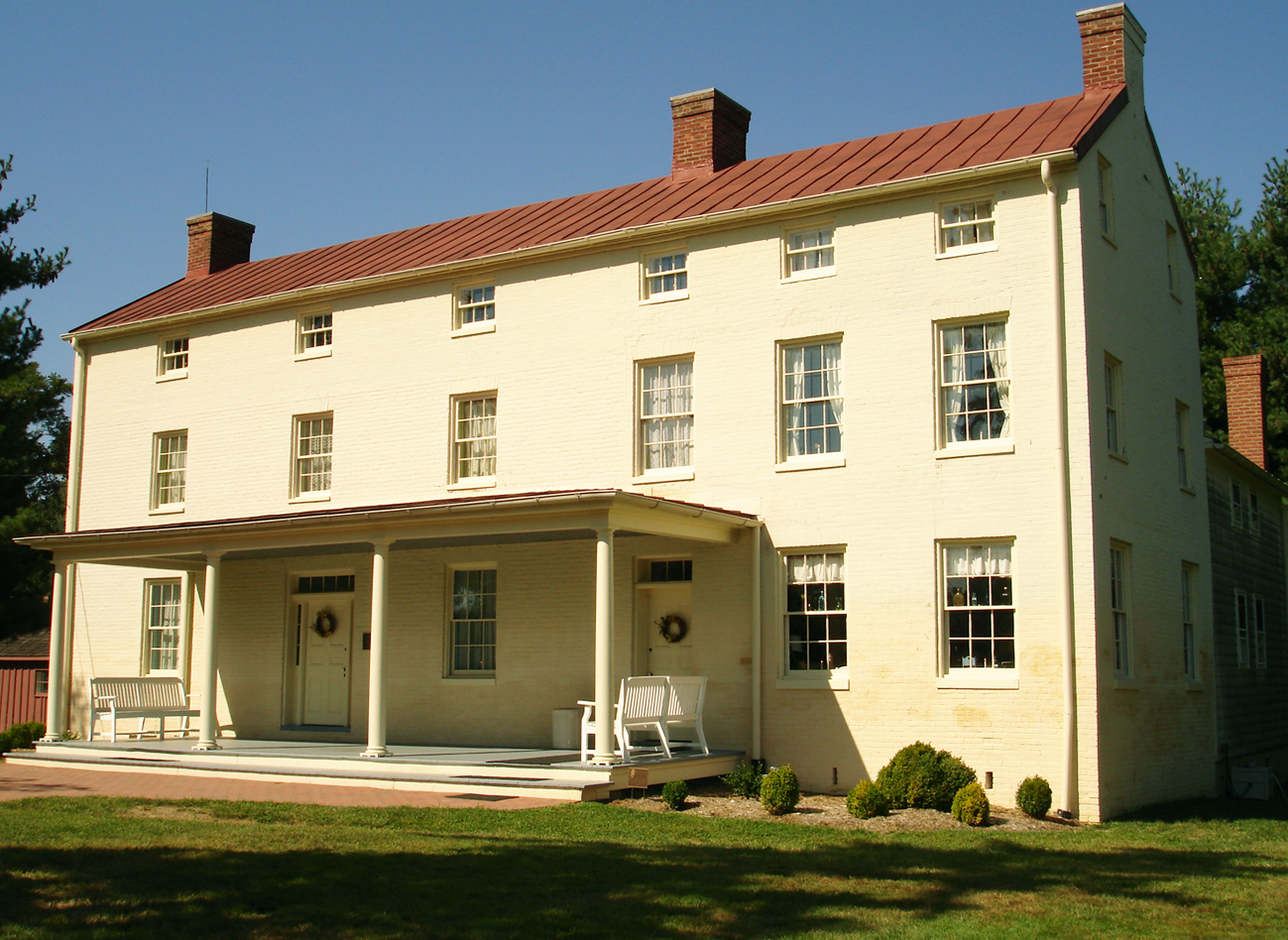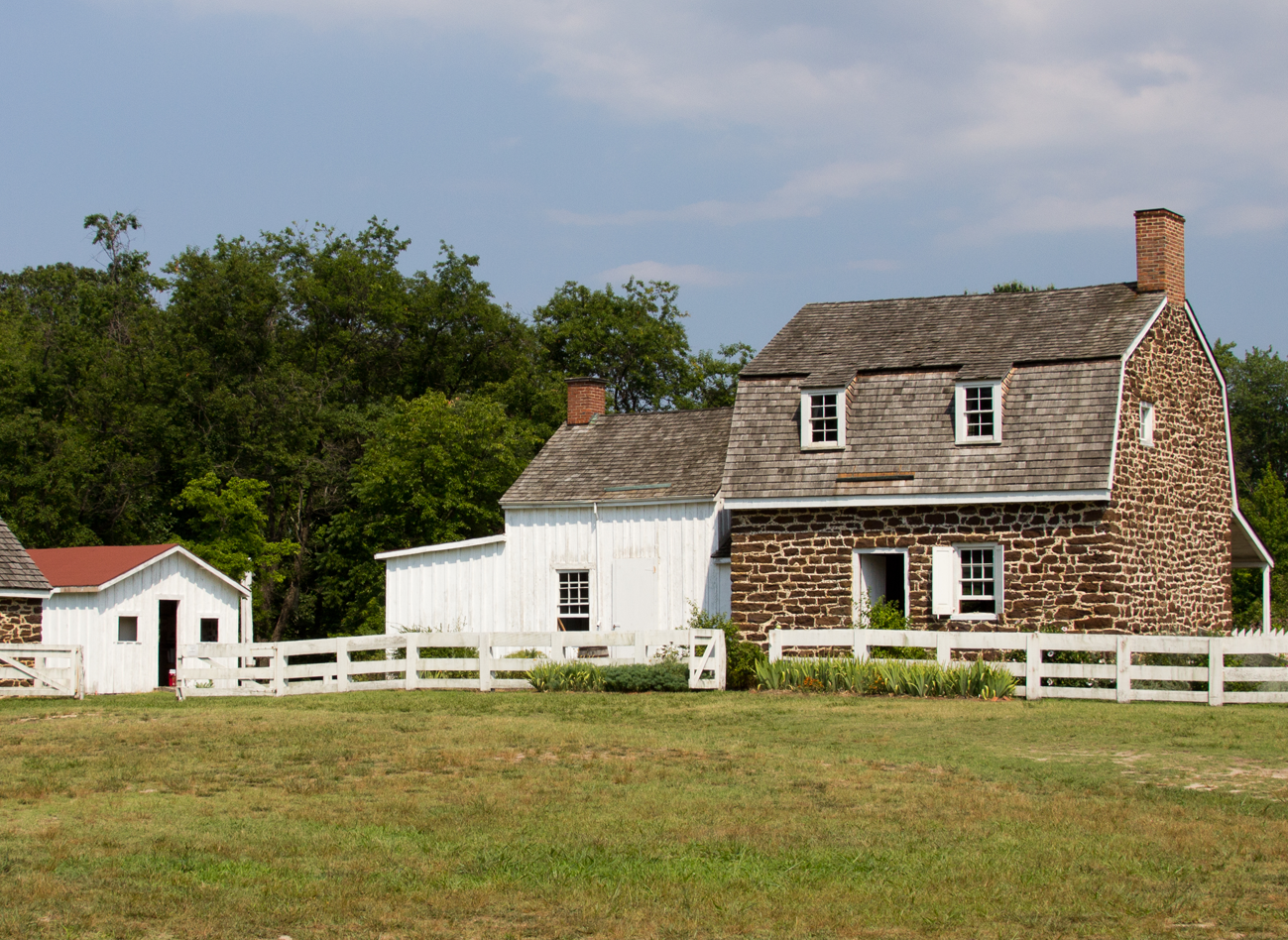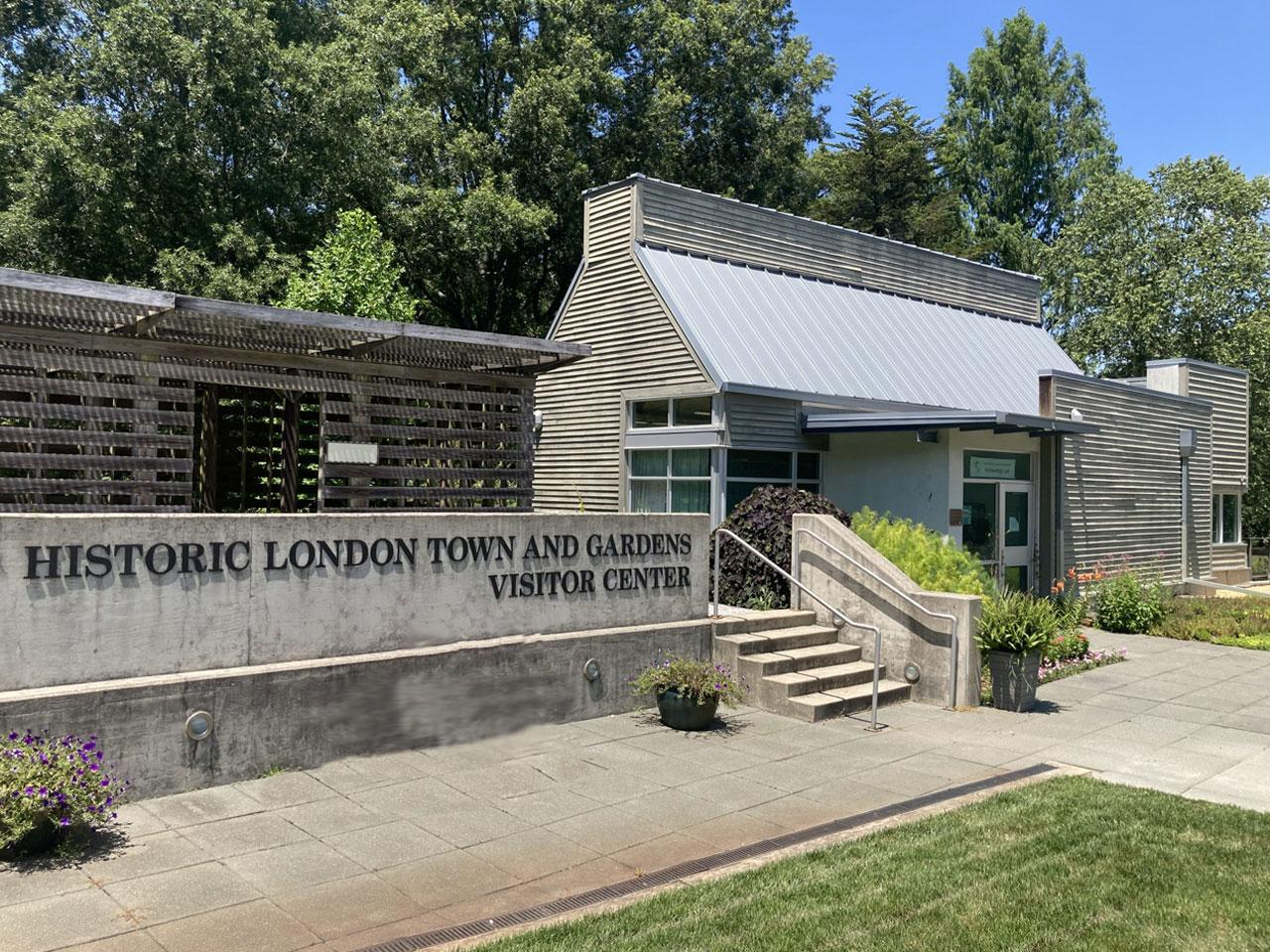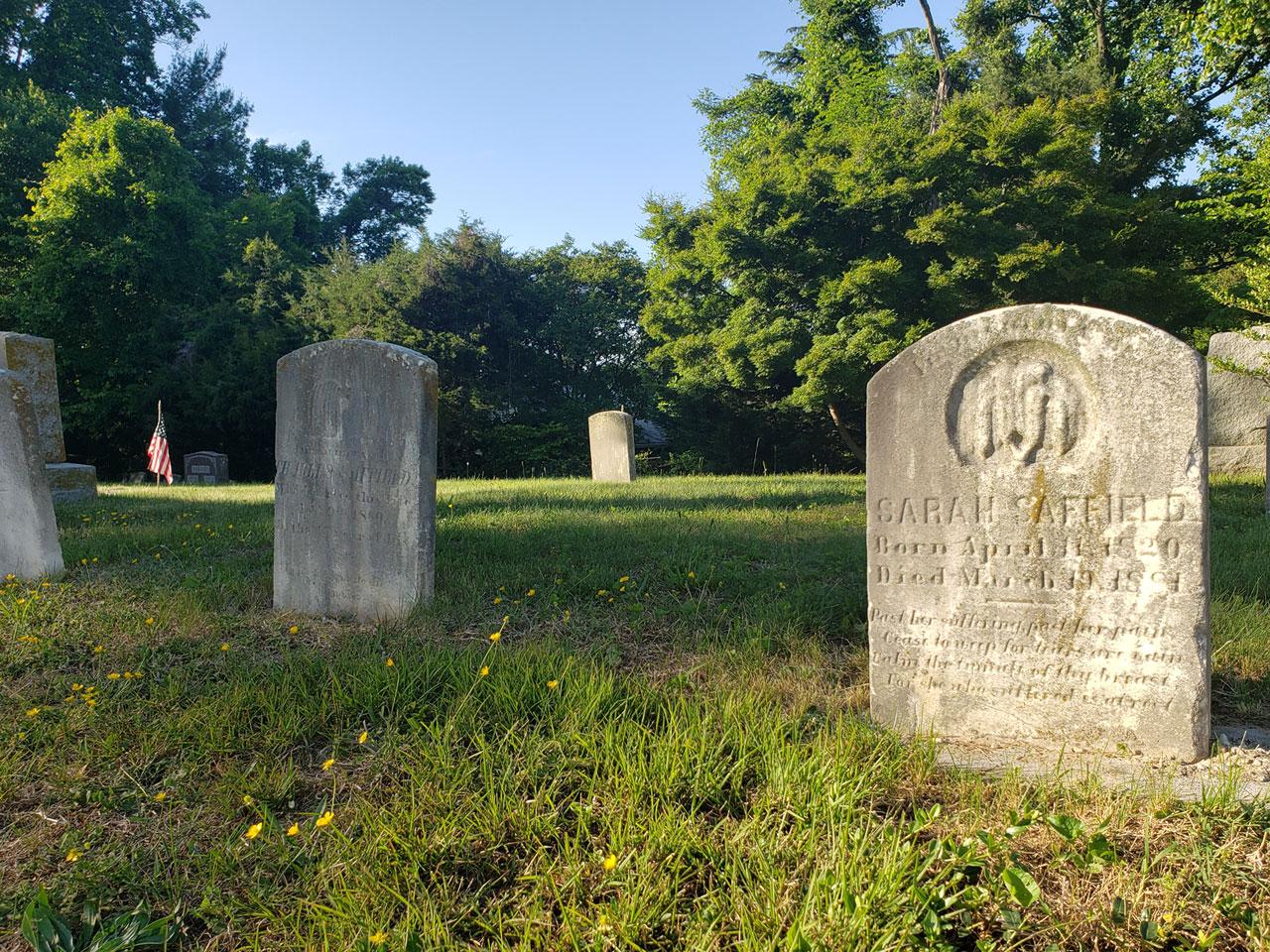
County Inventory of Historic Resources
This list is periodically updated and constantly growing. It also does not include data on archaeological resources, the exact locations of which are protected by State law. If you have questions about your property or historic resources, please contact the Cultural Resources Section.
Overview
Preservation of our heritage safeguards the County’s historic and cultural resources, which in turn stabilizes and improves property values, fosters civic pride, protects and enhances the County’s resources for citizens and visitors, serve as a stimulus to economic development, and ultimately strengthens the economy of the County. Such sites - once destroyed - cannot be replaced.
Article 17, section 501-504 is the primary regulatory tool that authorizes Anne Arundel County’s cultural resources staff to review site development activities for potential adverse effects on archaeological sites, historic structures, cemeteries, and scenic and historic roads. The program also reviews demolition permits, telecommunication towers, and State community development block grants projects. Cultural Resources staff coordinates preservation projects throughout the County and with other County Agencies, assists and implements special projects and grants, participates in the Section 106 review process with the Maryland State Historic Preservation Office, as required by federal law, and maintains GIS data on the cultural resources within the County.
The Cultural Resources Section (CRS) utilizes professional consultants to support its regulatory mandates and programmatic goals. Consultants may provide County staff with reports on resource identification, survey, documentation, and evaluation, studies which ultimately support development and compliance review as required under Article 17 of the County Code. Cultural resources staff and consultants may conduct site visits and undertake pertinent research to ensure development decisions are based upon current information. This research includes identifying, evaluating and documenting previously unrecorded historic resources throughout the County.
The CRS also fields citizen inquiries, offers educational outreach opportunities, (including hands on archaeology programming at Anne Arundel County parks and internship/ volunteer opportunities,) and provides advice and guidance for local non-profit preservation groups working to preserve sites in the County. Discover how to get involved and help preserve Anne Arundel County’s past.
The CRS staff provides technical guidance and support for non-profits throughout the County, many of which are working to protect and preserve historic resources. This support includes a partnership with the Lost Towns Project, a non-profit that invites citizens to learn about the County's history and archaeology firsthand as “hands on” volunteers.
In order to protect and preserve the historic and archaeological heritage of the County, the CRS team continues working on these broad policies. The adopted General Development Plan (2009) details the County’s commitment to historic preservation as an important component of Community Preservation and Enhancement.
Develop stronger incentives to encourage preservation and institute meaningful deterrents to prevent destruction of historic resource; Strengthen land use policies and regulations to promote and enable cultural resources protection; Improve inter-agency coordination at the local and State level to enhance preservation efforts on public lands; and Enhance public education and community engagement to promote stewardship of historic resources County-wide.
When development is proposed for a property in Anne Arundel County, it is subject to the requirements found in Article 17, Section 6, Subtitle 501 through 504. The Cultural Resources team includes professional archaeologists and architectural historians. The team consults computer models and databases, as well as pertinent documents, historic maps, and other historic documentation to determine if there is a recorded historic structure, site, or cemetery in the project area, or if there is a high potential for the presences of previous undiscovered cemeteries or archaeological sites.
Our office reviews all demolition permits to ensure that the structure proposed for demolition is not on the Maryland Inventory of Historic Properties. We also review projects such as telecommunication towers and Community Block Development Grants to ensure compliance with State and Federal Preservation Laws. Note that many times, projects also have to undergo a State review if any federal or State funds or approvals are required. Our office also helps to coordinate these reviews with the State Historic Preservation Office to help streamline an applicant’s review process.
Frequently Asked Questions
The County Code defines historic resources as “Properties, building, structures, districts and archaeological sites that represent County history, are associated with the lives of historically significant people, that have historically significant architectural value, of that can yield information important to the County’s history or prehistory.”
The Anne Arundel County Inventory of Historic Resources consists of “properties listed on the Maryland Inventory of Historic Properties, the National Register of Historic Places, and the National Register of Historic Landmarks.” § 17-1-101 (17) that are locally significant. Historic resources on the County’s Inventory possess many or all of the following characteristics: they are (1) generally more than 50 years old, (2) are representative of an important event, chapter, or era in the County’s history, (3) are associated with the lives of historically significant persons to local history, (4) have historically significant architectural value locally, or (5) are capable of yielding information important to the County’s history or prehistory.
The quickest way to find out if your property has an historic resource on it is to check the County Historic Properties Inventory. The interactive database allows you to search by tax ID number, address, historic property name, or by State Inventory Number. We strongly suggest using the TAX Id Number to get the most accurate results. If you find out you have a site on your property (a historic building, and archaeological site, or a historic cemetery,) please contact our office directly to learn more about the site, or to find out what this means for developing your property.
County Inventory of Historic Resources
This list is periodically updated and constantly growing. It also does not include data on archaeological resources, the exact locations of which are protected by State law. If you have questions about your property or historic resources, please contact the Cultural Resources Section directly.
When an owner or developer seeks a development permit form the County, the Code provides guidance for when an historic resources has to be retained and preserved, and how it should be incorporated into new development. First all historic resources must be clearly identified, and then the resources are evaluated to determine if they warrant protection. If they are significant to the County’s history and heritage, staff works with each property owner or developer to comply with the provisions of the Code.
While historically significant buildings that retain structural integrity as a general rule cannot be demolished, a full range or rehabilitation, upgrades, modernization, and sensitive additions to the historic building are allowed and encouraged. Adaptive reuse of historically significant sites ensures they can continue to contribute to County’s physical and cultural landscape.
The County now offers a Historic Tax Credit that offsets qualified expenses against ones property tax. For “landmark” properties, including those buildings that contribute to an Historic District, 25% of your rehabilitation expenses can be applied against your annual property tax bill, up to $50,000, and it can be spread over 5 years.
The County Code’s criteria for evaluating local historic significance identifies historic resources that (A) represent the County’s local history, (B) are associated with the lives of locally significant persons in County history, (C) have historically significant architectural value to the local area, or (D)are capable of yielding information important to the County’s history or prehistory." Evaluating historic significance relies upon accepted professional standards and best practices, and while locally determined, are very similar to those criteria used to evaluate National Register, which sets the standard nationwide for determining historic significance.
The Historical Roads Designation protects these unique landscapes and viewsheds when certain development in proposed, refer to Article 17-6-504, and there are some limitations on what uses are allowed on those designated roads under the Zoning code found in Article 18.
The Cultural Resources Division, in coordination with non-profits like Lost Towns Project, Inc. and Anne Arundel County Trust for Preservation, Inc. offer citizens the opportunity to rediscover Anne Arundel County’s history first hand through our Preservation Stewardship Program. Whether you are a retiree or a college student, or even if you are just curious and just want to see how archaeology happens, we have an activity that will suit your interests. We offer internships, regular workshops and lectures, and we encourage the general public to dig alongside the County’s professional archaeologist, volunteer in our lab, or research the County’s past at the Maryland State Archives. No prior experience is necessary, just an enthusiasm for the past. Email Drew Webster at pzwebs00@aacounty.org to learn more!





